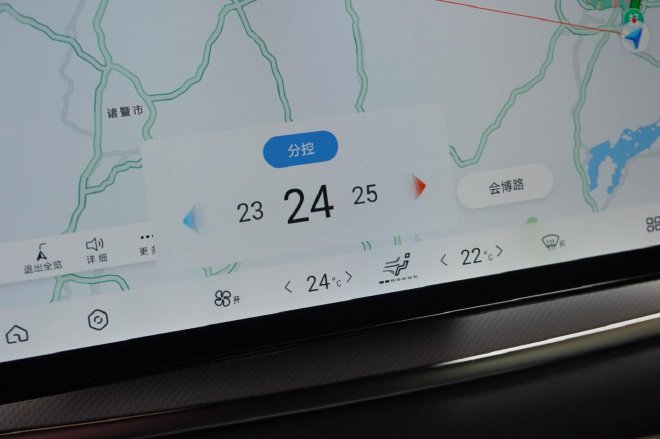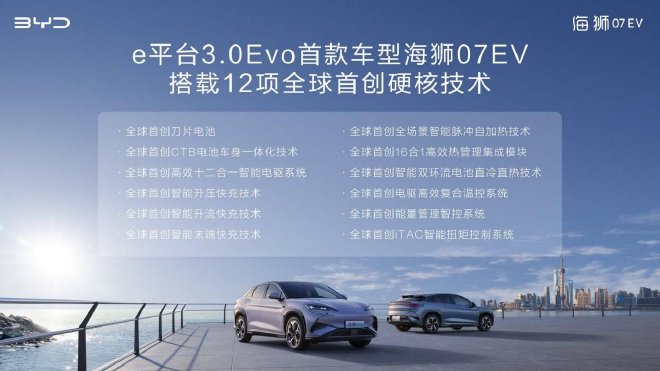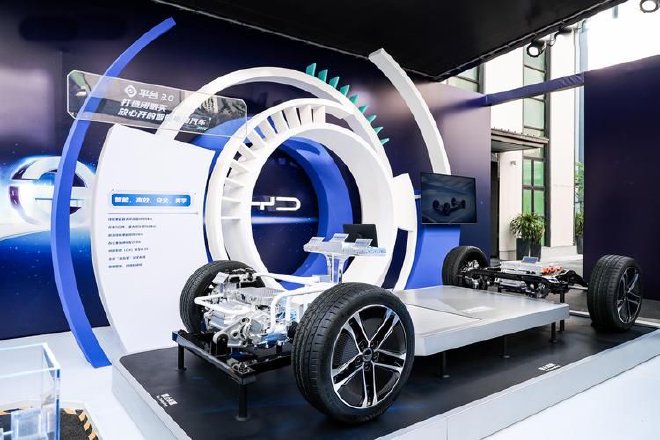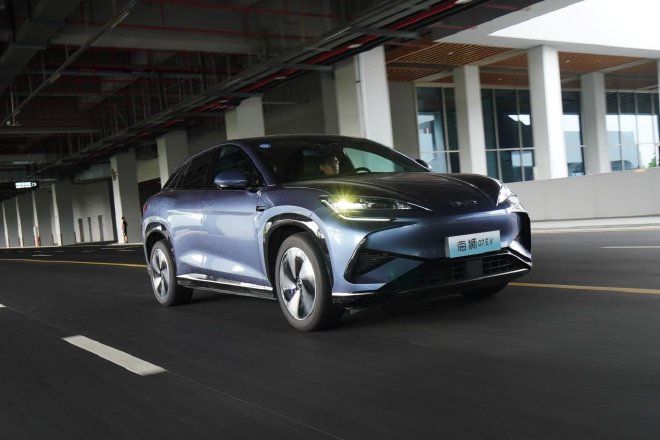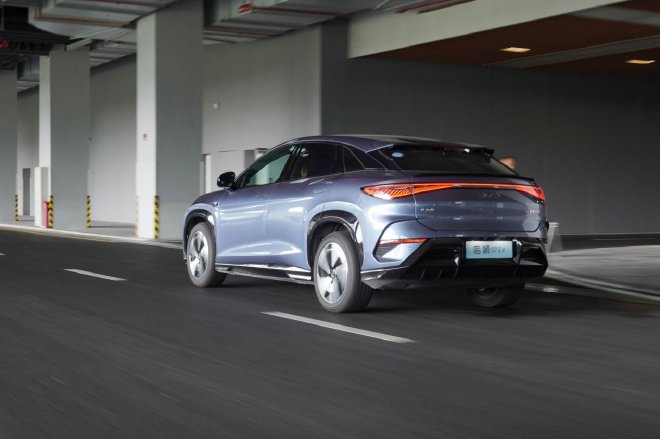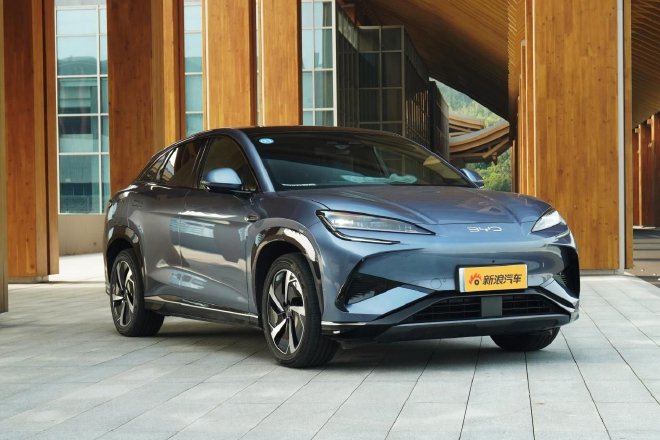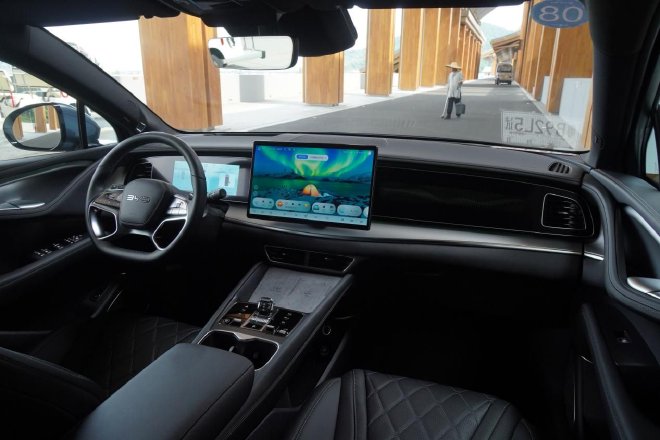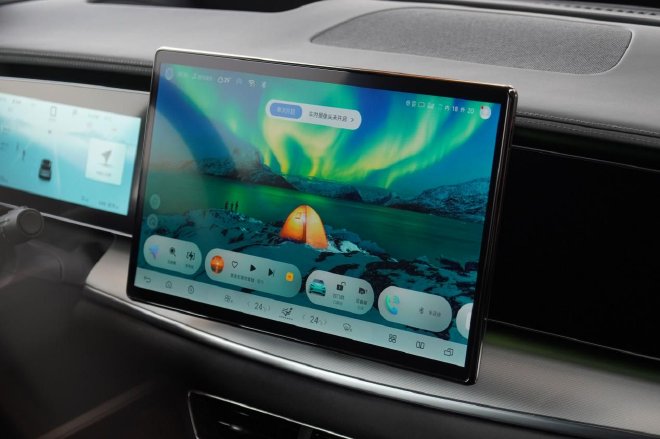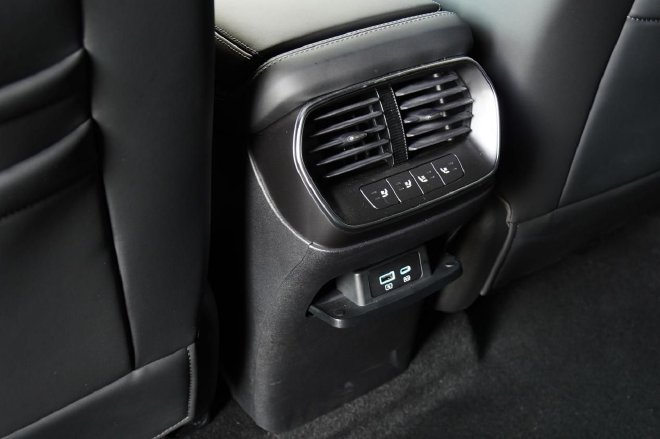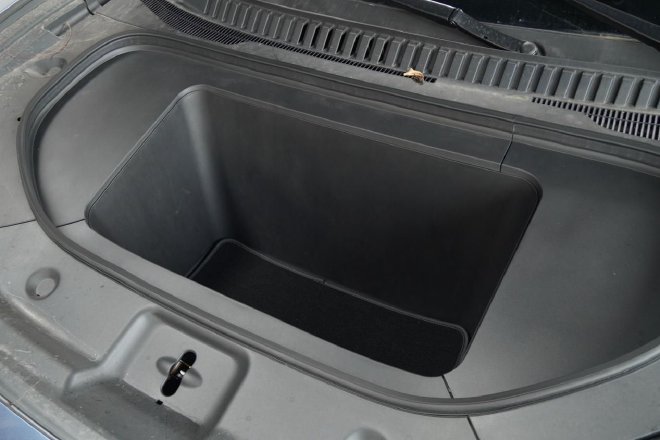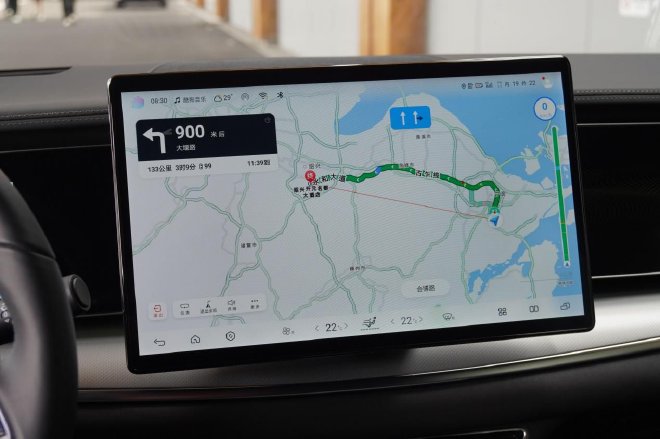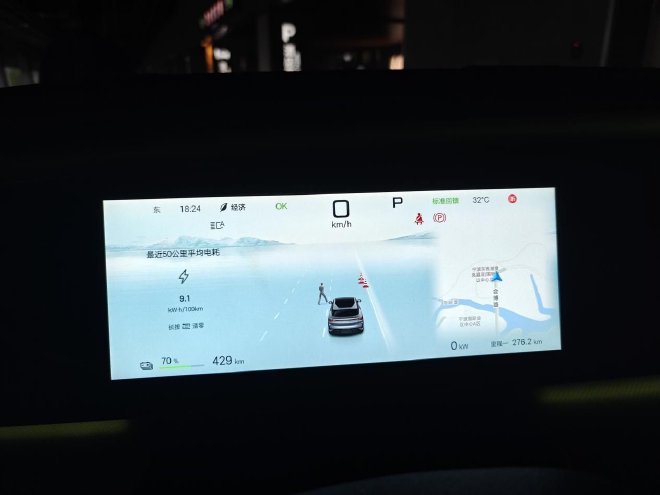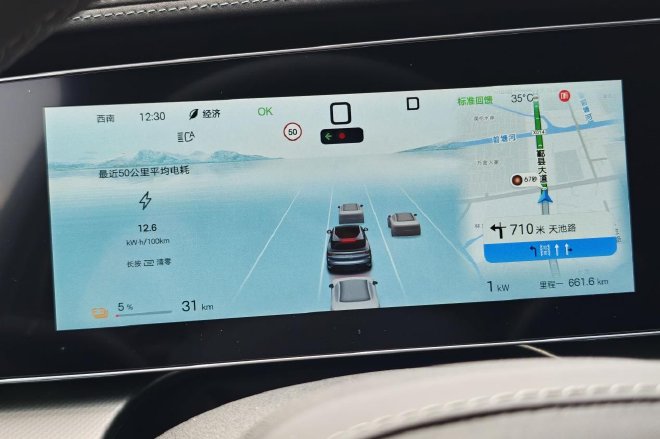Many people interested in buying pure electric vehicles care about one key metric: range. Domestic new energy technology has soared. Many brands have made significant progress in battery technology. A range exceeding 600 kilometers on a full charge has become common. Take BYD, for example. Its e-platform 3.0 produces several strong contenders. We recently got our hands on the popular BYD Sea Lion 07EV. This time, we will focus on its range performance and see if the official claims hold true.
This experience lasts two days. We test the Hai Niu 07EV with a 610 km long-range version. I often commute in an electric car, so I know how to save energy. Before we start, we reset the mileage. We set the driving mode to economy. We adjust the regenerative braking to strong. We set the air conditioning to level one at 24 degrees. We drive through various conditions, including fast and urban roads. Finally, we check the mileage when the battery is at 5%. We see how far we can go with the remaining charge.
To achieve excellent energy consumption, the vehicle’s hard parameters matter. The Hai Lion 07EV integrates 12 core technologies pioneered by BYD. These include a 12-in-1 intelligent electric drive system, efficient composite thermal control technology, energy management control system, and smart fast charging technology. These elements are essential for ensuring high range achievement. The official data states the system’s overall efficiency reaches up to 92%. In daily city driving, the range can increase by 50 km.
The Sea Lion 07EV excels in charging as well as in power and electric drive technology. BYD’s innovative smart current-boosting fast charging technology decouples the charging pile current from the vehicle current. This allows it to maximize the capabilities of the existing 180kW public DC charging piles under any voltage platform. Charging from 10% to 80% SOC takes just 25 minutes. With long range and fast charging, it effectively alleviates range anxiety for daily driving.
We left before the rush hour. The traffic was already heavy. Our first trip took us from Ningbo to Shaoxing. The round trip covered about 300 kilometers. The drive was tiring. On the road, we discussed the driving experience. We tested the long-range version with a 610-kilometer range. The motor delivers a maximum output of 230 kW and a torque of 380 Nm. Even in economy mode, pressing the pedal slightly gives good acceleration. We can also customize the driving mode for more detailed settings. It meets most people’s needs.
The front double wishbone and rear five-link independent suspension provide excellent overall stability. It performs well over speed bumps and during rapid lane changes. This suspension system remains firm, and the chassis does not feel loose. The all-wheel-drive models feature the Yunyan-C chassis control system, which further balances comfort and sportiness. The regenerative braking offers standard and high settings. Even with the high setting, the vehicle does not feel heavily dragged when releasing the accelerator. With practice, drivers can anticipate and reduce braking needs effectively.
The NVH is impressive. The front row uses double-layer laminated glass. It drives quietly, with only a bit of wind noise. You can enjoy music and chat comfortably. The Harman Kardon sound system enhances the experience. It elevates the overall driving feel.
The Sea Lion 07EV is the first model from Ocean Network to feature the advanced Tian Shen Eye intelligent driving assistance system. It has 12 ultrasonic radars, 5 millimeter-wave radars, and 11 cameras. This setup provides strong perception and control capabilities. The reliability and practicality of the intelligent driving system inspire confidence.
During our parking break, let’s briefly review the exterior and cabin. The Hai Lion 07EV is the first mid-size SUV under the e-platform 3.0 Evo technology. It is also the first model under the Hai Yang Wang Hai Lion IP. This vehicle combines the best elements. The exterior stands out with its distinctive marine design. The car measures over 4.8 meters in length and has a wheelbase of 2.93 meters. It meets the mid-size SUV standards, offering ample space and presence. There are four exterior color options. I personally prefer the Sky Purple. It has a striking appearance.
The interior craftsmanship and materials aim for luxury and higher-end models. You can feel this difference when you sit inside. The central armrest area offers ample space. It includes charging ports and a fragrance dispenser. Above, there is a wireless charging pad for your phone and an NFC card slot. The layout is quite reasonable. The 15.6-inch PAD screen is the largest in the family. The DiLink smart connectivity system receives high praise. It features many popular apps and smart voice navigation. It is very user-friendly.
The car includes Dynaudio sound, 128-color ambient lighting, and a fragrance system. These features belong to luxury vehicles. You get ventilated and heated front seats and ventilated and heated rear seats. The Sea Lion 07EV has thick seats. The design fits the body’s curves. Even someone like me, weighing over 200 pounds, can find a comfortable seating position.
The space is large. The rear seatbacks adjust. The trunk has a capacity of 500 liters. Folding the rear seatbacks increases the space. The 58-liter front trunk is good for small items.
On our first day, we avoided the morning rush hour. We expect to travel about 300 kilometers today. This car offers an excellent driving experience. As mentioned earlier, it targets a higher class of vehicles. With the support of BYD’s e-platform 3.0 Evo technology, its smart features and dynamic quality have greatly improved.
The first 5% of battery is very conservative. It shows almost a kilometer of range but actually requires about two kilometers. This gives us a good start. As time and distance increase, the battery slowly drains. However, the battery feels solid. It does not drop sharply. With my gentle driving, I covered 276.2 kilometers on the first day. I have 429 kilometers of range left and 70% battery remaining. The energy consumption is 9.1 kWh per 100 kilometers. I am pleasantly surprised by the car’s performance today.
We continued with the remaining battery from the first day. This time, we chose to conduct the final energy consumption test on the loop. It took us 7 hours to run the battery from 70% to 5%. We had 31 kilometers of range left. By this point, we had already exceeded the official range.


